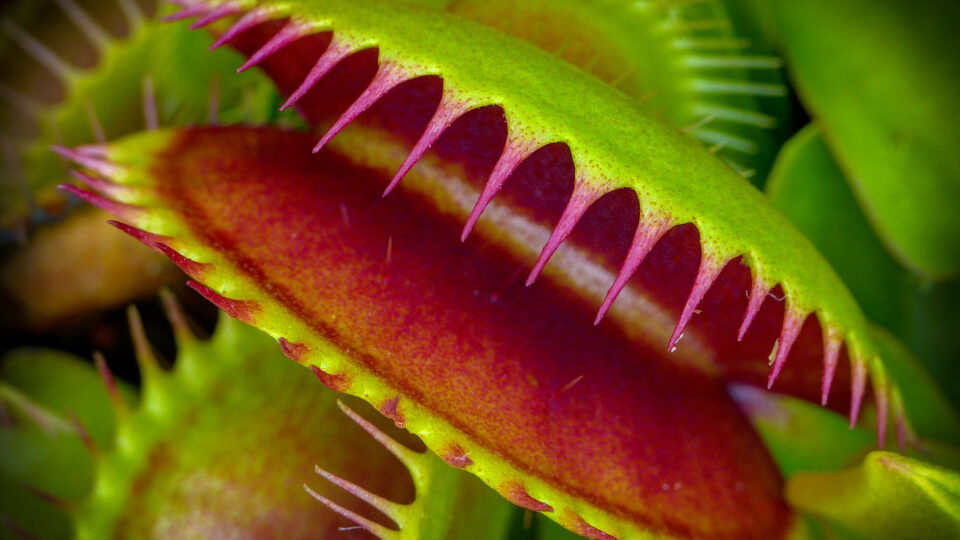Plants are a critical resource because of the countless ways they support life on Earth. Plants release oxygen into the atmosphere, absorb carbon dioxide, and provide food and habitat for humans and wildlife. Plants are also used to produce fibers, building materials, and medicines.
Plants form the backbone of natural ecosystems, and absorb about 30% of all the carbon dioxide emitted by humans each year. But plants are struggling to adapt in a human-dominated world. Even though they are easier and cheaper to protect than animals, plants are often overlooked in conservation efforts.
Ironically, conservation efforts appear to be overlooking a key threat to endangered plants. According to a new study led by researchers from Penn State University, all plants and lichens listed as endangered under the Endangered Species Act are sensitive to climate change, but there are few plans in place to address that threat directly.
The threat that climate change poses to endangered plants and lichens had not been thoroughly evaluated in more than a decade. In the study, which was recently published in the journal PLOS Climate, the research team adapted existing assessment tools used to examine the threat of climate change for wild animals and applied them to 771 endangered plant species. The researchers found that all endangered plant and lichen species are at least slightly threatened by climate change, and little is being done to protect the listed species from that threat.
The researchers hope their findings will be used to aid future conservation planning. After all, plants can live without humans, but humans cannot live without plants.
**********
Web Links
Climate change threatens 771 endangered plant and lichen species
Photo, posted June 12, 2014, courtesy of Mark Freeth via Flickr.
Earth Wise is a production of WAMC Northeast Public Radio

